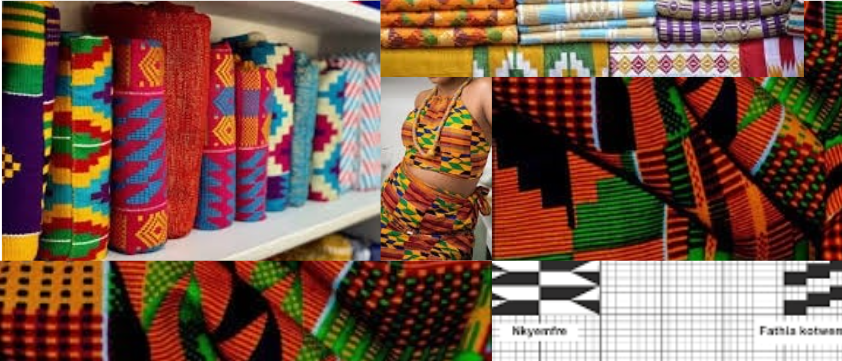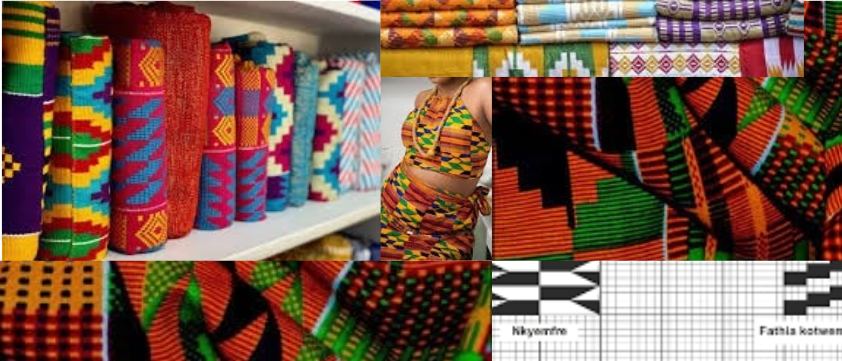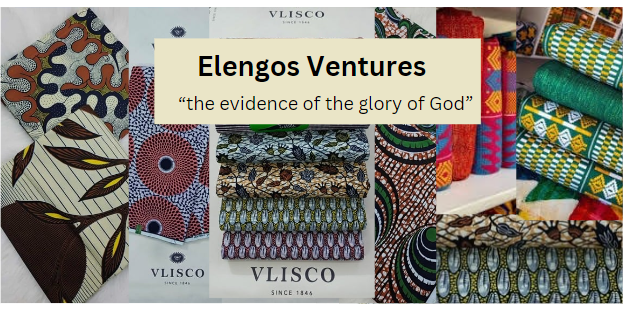
Kente Cloth Weaving Techniques in Ghana
Ghana is the traditional home of kente fabric weaving, which is mostly connected to the Ashanti people. The elaborate designs and vivid hues of Kente fabric have profound cultural and symbolic meaning. Knowing the weaving methods used to make Kente cloth gives you an appreciation for the skill and creativity that go into making this recognizable fabric. so let’us dive into Kente Cloth Weaving Techniques in Ghana
Traditional Handweaving Process
Traditionally, the delicate handweaving skills that have been passed down through the years are use to weave Kente fabric. Expert weavers construct these distinctive fabrics on a wooden loom. Preparing lengthy, usually 6 to 10-inch broad cloth strips or bands is the first stage in the weaving process. These bands add to the completed cloth’s overall beauty with their vibrant colors and alternate patterns.
Symbolism Through Patterns and Colors
One of the defining features of Kente cloth is its rich symbolism conveye through geometric patterns and vivid colors. Each color used in Kente cloth holds specific meanings that add layers of significance to the fabric. For example, yellow symbolizes preciousness, fertility, and beauty, while red represents life, passion, and death. Weavers carefully select colors and patterns to convey messages related to culture, history, and values within the community.
Meaningful Designs and Patterns
In addition to colors, individual weavers assign names to the patterns they create in Kente cloth. These names often carry profound messages or proverbs that reflect cultural beliefs or societal values. For instance: “Don’t kill my house and then mourn for me in public,” emphasizing themes of respect or integrity. By incorporating meaningful designs into their work, weavers infuse each piece of Kente cloth with storytelling elements that resonate with wearers and viewers alike.
Supplementary Weft Techniques
Skilled weavers employ various supplementary weft techniques to enhance the visual appeal of Kente cloth. These techniques involve adding extra threads during the weaving process to create intricate designs or embellishments within the fabric. By mastering these techniques, weavers can achieve detailed motifs and textures that elevate the artistic quality of the finished cloth.
Cultural Significance and Heritage
Kente cloth holds immense cultural significance in Ghanaian society, serving as a symbol of heritage, identity, and tradition. The wearing of Kente cloth is often reserve for special occasions such as weddings, festivals, or ceremonies. This is where individuals showcase their pride in their cultural roots. Beyond its aesthetic beauty, Kente cloth embodies centuries-old traditions and values that continue to resonate with communities both locally and globally.
Preservation of Traditional Craftsmanship
As modernization influences textile production methods, there is a growing emphasis on preserving traditional weaving techniques like those used in creating Kente cloth. Artisans and organizations dedicated to safeguarding cultural heritage recognize the importance of passing down these skills to future generations. By upholding traditional craftsmanship practices, communities ensure that the artistry and cultural significance of Kente weaving endure for years to come.
Bottom lines
The intricate art of Kente Cloth Weaving Techniques in Ghana stands as a testament. Rich cultural heritage and craftsmanship of the Ashanti people. Beyond its vibrant colors and elaborate designs, Kente cloth embodies profound symbolism, with each pattern and hue reflecting centuries-old traditions and values. Through meticulous handweaving on wooden looms and the incorporation of meaningful designs and patterns, artisans infuse every piece of Kente cloth with storytelling elements that resonate with wearers and viewers alike. As efforts to preserve traditional craftsmanship continue, Kente weaving remains a symbol of pride, identity, and cultural resilience, ensuring its legacy endures for generations to come.







